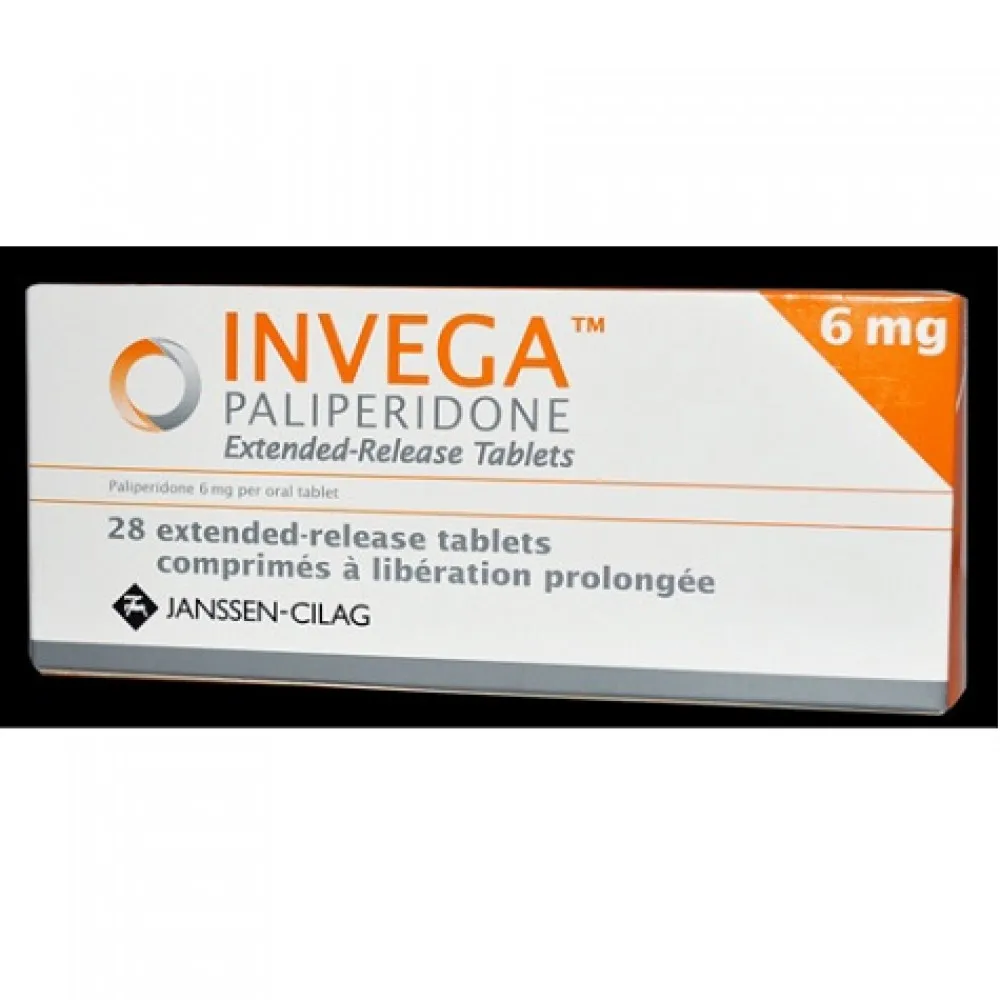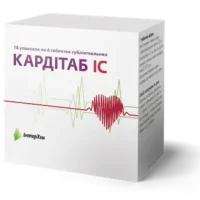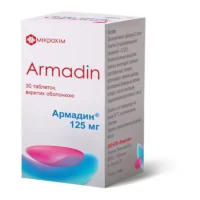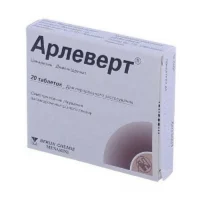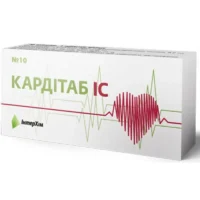Description
Invega Tablets 6 mg. №28
Ingredients
Active ingredient: Paliperidone 6 mg.
Dosage
Dosage: The recommended dose of Invega tablets is 6 mg once daily, with or without food.
Indications
Indications: Invega is indicated for the treatment of schizophrenia in adults.
Contraindications
Contraindications: Do not use Invega if you are allergic to paliperidone or any of the ingredients in the medication.
Directions
Directions: Take Invega exactly as prescribed by your healthcare provider. Do not adjust the dose without consulting your doctor.
Scientific Evidence
Invega, the extended-release formulation of paliperidone, has been extensively studied for the treatment of schizophrenia. Clinical trials have demonstrated its efficacy in reducing symptoms of schizophrenia and improving overall quality of life in patients. Research published in the Journal of Clinical Psychiatry has shown that Invega is well-tolerated and effective in long-term treatment of schizophrenia.
Additional Information
Invega works by blocking the action of dopamine and serotonin receptors in the brain, helping to restore the balance of these neurotransmitters. This mechanism of action is believed to contribute to its antipsychotic effects. Compared to other antipsychotic medications, Invega has shown similar efficacy with potentially fewer side effects, making it a valuable option for the management of schizophrenia.
Pharmacological Effects: Invega exerts its pharmacological effects by antagonizing dopamine D2 and serotonin 5-HT2A receptors in the brain. This dual mechanism helps in alleviating positive and negative symptoms of schizophrenia.
Clinical Trials: Clinical trials have shown that Invega is effective in reducing symptoms of schizophrenia, such as hallucinations, delusions, and disorganized thinking. Additionally, studies have demonstrated its role in preventing relapse and improving overall functioning in patients with schizophrenia.

